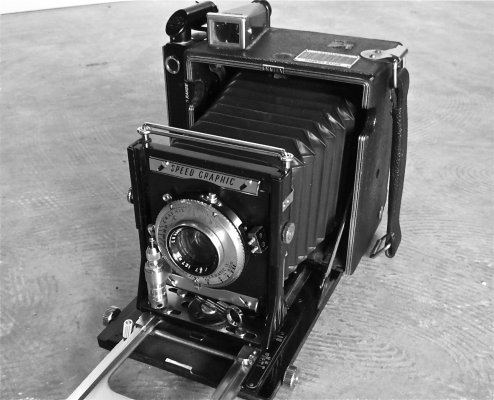Chuckanut
Give me a museum and I'll fill it. (Picasso) Give me a forum ...
I thought I would start a new topic for photographic equipment. The current photographer's corner is about photos, the most important part of photography. But, equipment discussions are easy to get into and can take over like Kudzu in the Southern states. If you all go along great. If not, the moderators can kill this thread.
Thom Hogan has written his overall recommendations for mirrorless camera systems. Thom is a fellow who has probably forgotten more about photography than most of us will ever know. And he seems to have his finger on the pulse of the industry. Here are his thoughts:
Mirrorless for the Holidays | Sans Mirror ? mirrorless, interchangeable lens cameras | Thom Hogan
Thom Hogan has written his overall recommendations for mirrorless camera systems. Thom is a fellow who has probably forgotten more about photography than most of us will ever know. And he seems to have his finger on the pulse of the industry. Here are his thoughts:
Mirrorless for the Holidays | Sans Mirror ? mirrorless, interchangeable lens cameras | Thom Hogan


